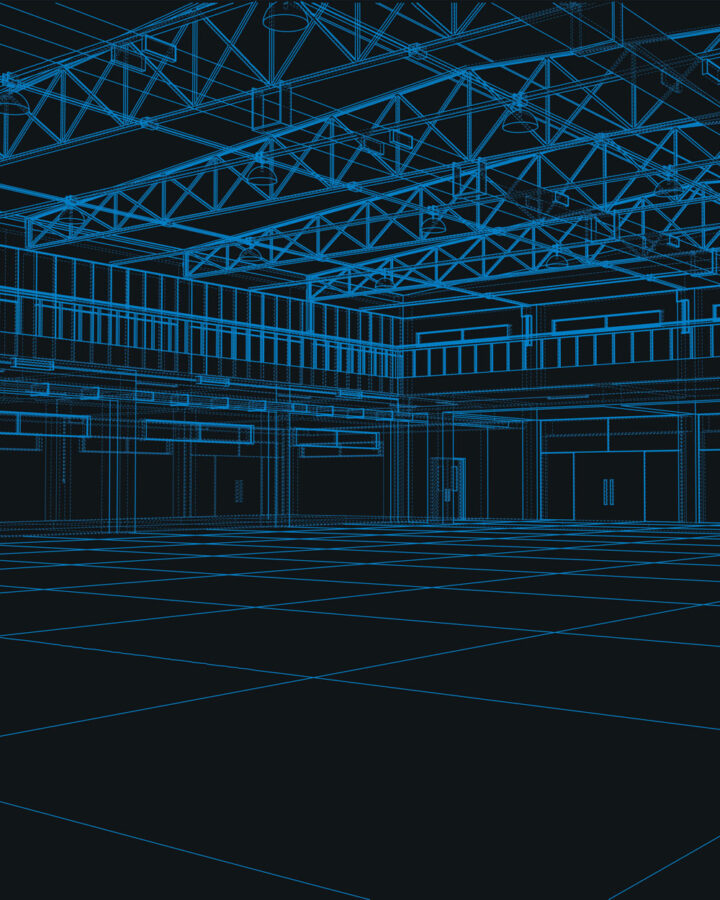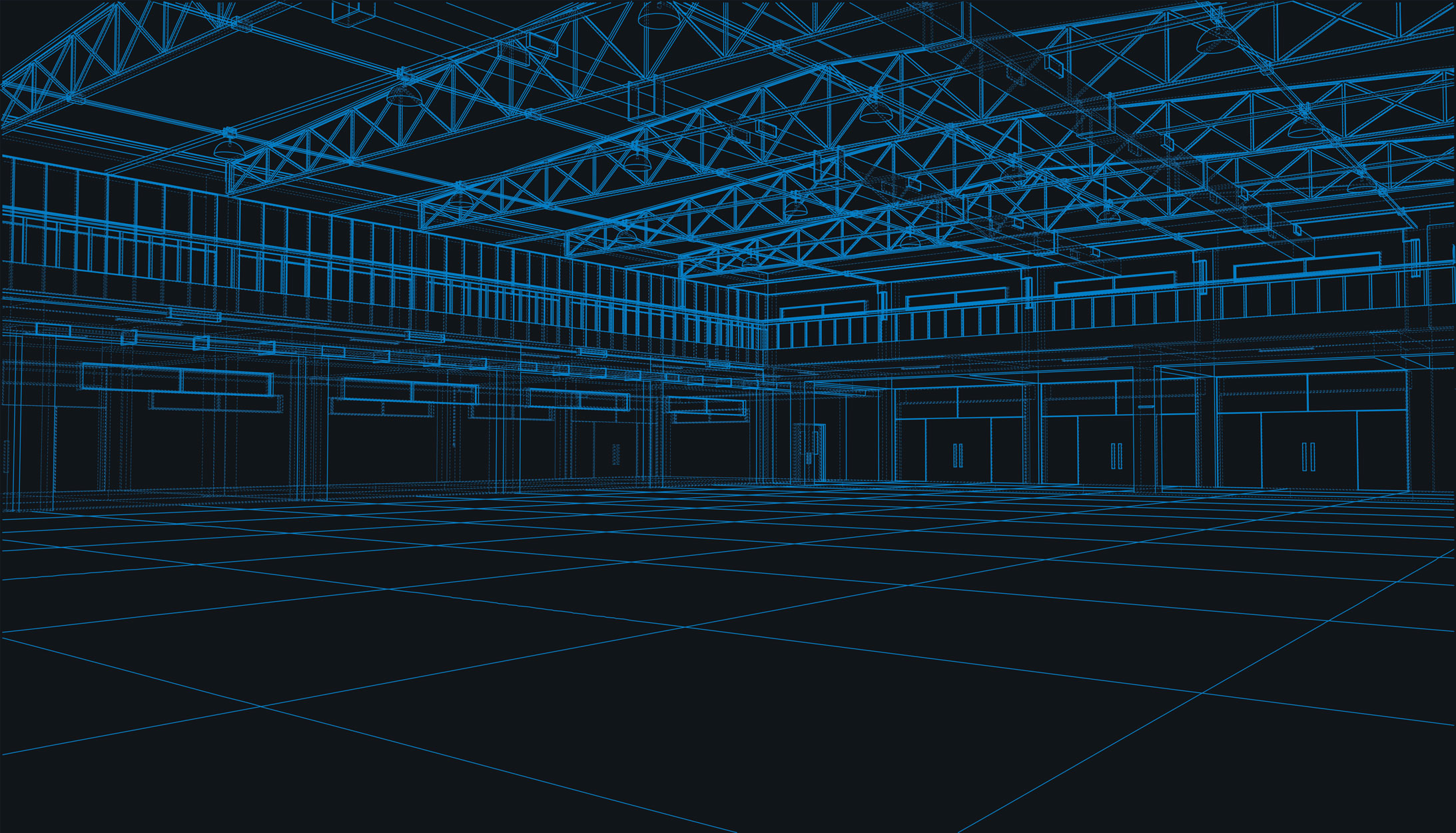Few enterprise sectors share the same scale of socio-professional diversification that large-scale construction companies typically house. Designing, constructing and delivering billion dollar infrastructure projects are the work of hundreds, and sometimes thousands of skilled and unskilled people, from variety of companies each specialising in specific trades. These companies, and their employees, collaborate together for any given duration for the common goal of project completion. Within these individual companies exists a natural diversity any business should expect; but when these companies from vastly different educational backgrounds operate together, an unquantified degree of diversity is innately induced.
Design contractors typically assign several teams related to the specific engineering requirements of the project; be it geotechnical, structural, electrical or otherwise. It’s not dissimilar for construction organisations either; teams for quality, safety, environment and production are devised to effectively carry out the contractual works. Where construction organisations exhibit unparalleled diversity is the spectrum of socio-professionals working together. It’s an industry that sees unskilled labourers collaborate with senior project managers; construction has it all, and everything in between. Although both of these workforces play vastly different roles in the journey to completion, the realisation is that these people come from very different educational and socio-cultural backgrounds. Understanding this is single-handedly the most important tool for creating software – it has to work for everyone.
Therefore, the most challenging aspect in creating construction software is to not only make it widely accessible, but appealing to the industries extensive demographic. But what characteristics make this possible? A great example is Facebook; boasting 1.35 billion monthly users, it attracts people from all cultures, ages, genders and races. Although Facebook isn’t an enterprise application, a lot can be learned from the wildly successful social media platform. Its most attractive asset isn’t actually a feature; it’s the overall simplicity. Human beings naturally detest unnecessary complexity, and using software is no exception. The easier it is to use, the greater the adoption. Add limitless accessibility into the equation and you have the beginnings for success in the ‘app era’.
Facebook, along with other popular apps like Spotify and Dropbox, have placed simplicity at the forefront of their business model and have achieved phenomenal success as a result. How easy a product is to use is often the catalyst for ongoing implementation. If the simplicity that personal applications offer can be translated to enterprise applications, it gives merit to goal of employing software that requires no training.
How easy a product is to use is often the catalyst for ongoing implementation.
Of course, with personal software, like Facebook, Spotify and Dropbox comes freedom of choice to the user. It’s a choice based on the users assessment of functionality and simplicity. Unfortunately, the same can’t be said for enterprise software systems. Companies invest heavily in software suites to increase efficiency and productivity and rightly want to use it to its maximum potential, regardless of the employee’s valuation. The governing structure of conventional business organisations dictate an unlikely to change to this, but the way software is created can be.
At Glaass our goal is to create reference standard construction management software. Made by construction professionals for construction professionals, simplicity is driving our innovation. When simplicity is achieved it ignites users from all educational and cultural backgrounds to collaborate together, which is exactly what construction projects require for success.


